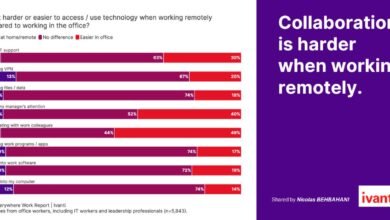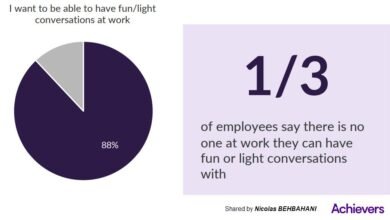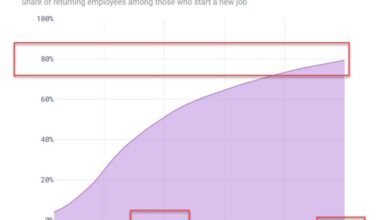
By | Charlie Fletcher
It can be challenging and tiresome to find stellar new candidates for certain job positions. When it comes to dangerous professions, the difficulty increases tenfold. Dangerous jobs are essential to the functioning of American society but may come at a very high cost to employees and their families.
Not only do dangerous jobs require a great deal of risk for the candidates themselves, but the risk to the employer is oftentimes also high. When recruiting for these positions, recruiters need to have a strategy to identify the best employee for the job.
Here, we discuss some ways to incentivize high-quality applicants and learn how to assess which candidates are a good fit for dangerous professions.
Evaluate the Risk Factors & Ethics
What exactly qualifies as a dangerous job? Any job that entails the risk of death or serious injury can be classified as dangerous. This includes a variety of professions, such as police officers and firefighters. Those are probably the jobs that come immediately to mind.
However, according to the U.S. Bureau of Labor Statistics, the top dangerous professions include loggers, roofers, aircraft pilots, and ranchers. Many of these jobs have a higher mortality rate than that of police officers, for instance.
As you assess the risk factors of any dangerous professions you’re recruiting for, it’s important to keep the following ethical considerations in mind:
- Higher pay isn’t enough to attract employees to physically dangerous jobs. Especially where hazard pay is concerned, prospective employees should be pursuing the job out of choice, not out of financial necessity. Otherwise, ethical concerns may arise.
- Safety trumps salary. You cannot offer additional monetary compensation to make up for a lack of necessary safety precautions in the workplace. The employer should have the appropriate safety measures in place, even if the employee does agree to accept higher pay in place of precautions.
- Offer proper on-the-job training. One area in which employers often cut corners is on-the-job training. When you do offer proper training, you can significantly reduce the risk of accidents at work and give your employees peace of mind.
Higher pay can be a means to an end for the employee, as well as the employer. While those in dangerous professions should be appropriately compensated for the work they perform, enticing them with high pay alone may be considered unethical.
Create a Compelling Benefits Package
In addition to ensuring those in hazardous jobs are fairly paid for their work, human resource professionals can make sure they are well cared for with a generous benefits package. Benefits are key in enticing and retaining top talent. Examples of benefits range from financial to healthcare, and may include:
- Pension
- Bonuses
- Maternity/paternity leave
- Medical insurance
- Sick pay
Depending on the profession and nature of the job, the benefits you offer may vary. Certain high-risk industries, like construction and manufacturing, for example, may be considered occupational eye hazards. For these professions, it’s essential to offer a package that covers eye protection and care.
It will be extremely difficult to attract promising candidates without a comprehensive benefits package. Show employees they’re a priority by crafting a generous package that’s perfectly tailored to the job at hand.
Thoroughly Assess Qualifications
Competency is important in any job role. However, it’s especially important to pass on any incompetent candidates when it comes to dangerous work, no matter how personable and friendly they seem. How you manage these kinds of employees will determine the long-term success of your organization.
As you begin to sort through resumes and tap into your recruiting network, remember that a candidate is only as good as their experience. A highly persuasive resume documenting one’s achievements is imperative for anyone seeking a dangerous job.
Additionally, human resource team members can glean information about an applicant’s personality from the recommendations they provide. When hiring for high-risk professions, get in contact with these references to learn all you can about the individual’s personality. Are they truly cut out for the risks associated with a dangerous job? Are they responsible enough to perform their duties under pressure? Do they have a temper or attitude you should be aware of?
The profession itself will dictate some of your more specific questions, but speaking with a candidate’s references can give you a much clearer picture of their personality and capabilities.
Now, Get Recruiting!
In today’s modern world, automation is affecting the workplace on many different levels. When it comes to dangerous professions, however, the human component is still a necessity. These positions wouldn’t exist if they didn’t serve a distinct purpose. Your team needs skilled employees to deal with high-risk situations.
To attract the right candidates for the job, it’s essential to ensure some basic criteria are met: appropriate financial compensation, a comprehensive benefits package, and high-level job performance on the part of the employee. When these three traits are present, you can develop a lasting employee-employer relationship that benefits both parties.






